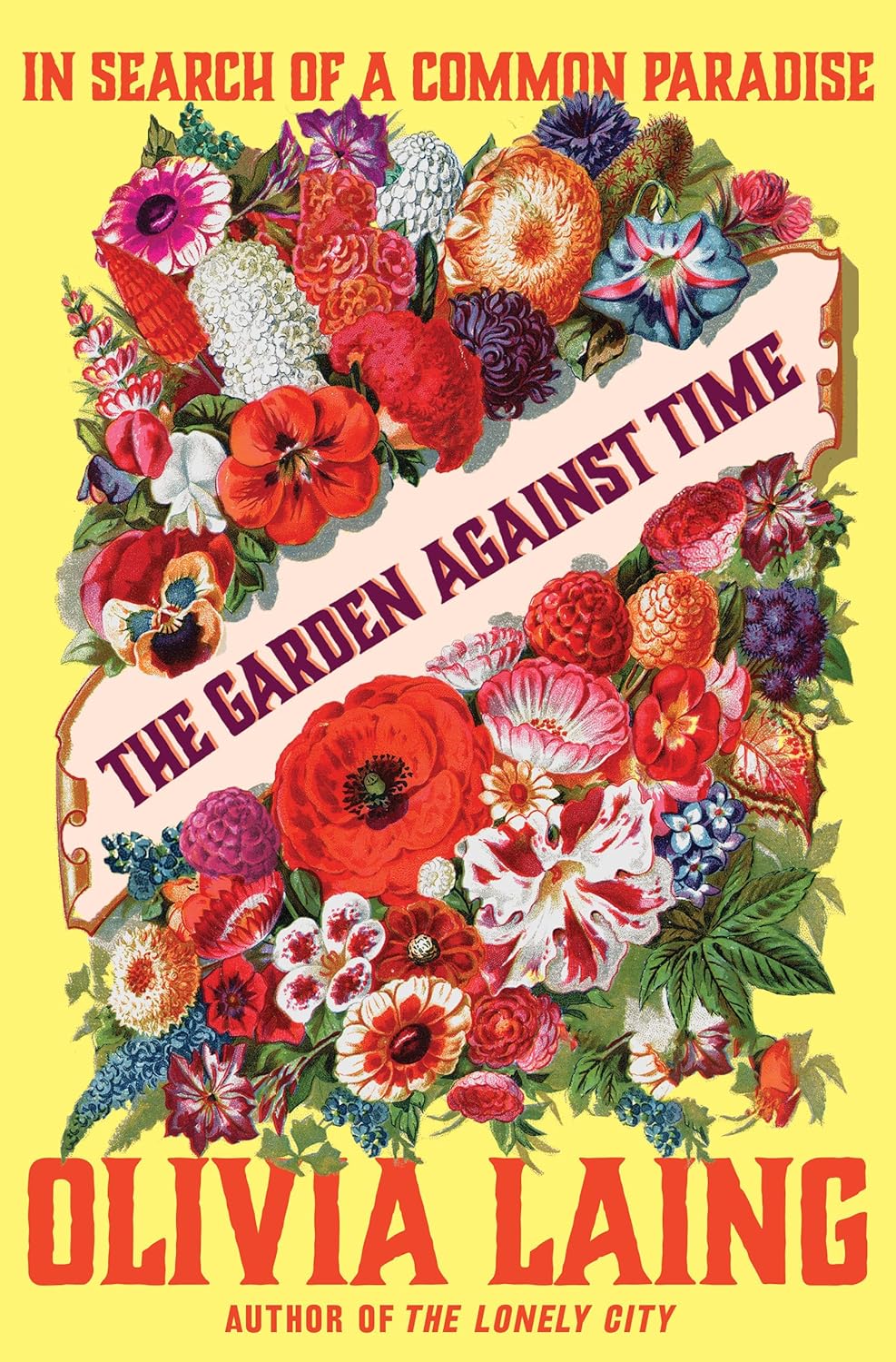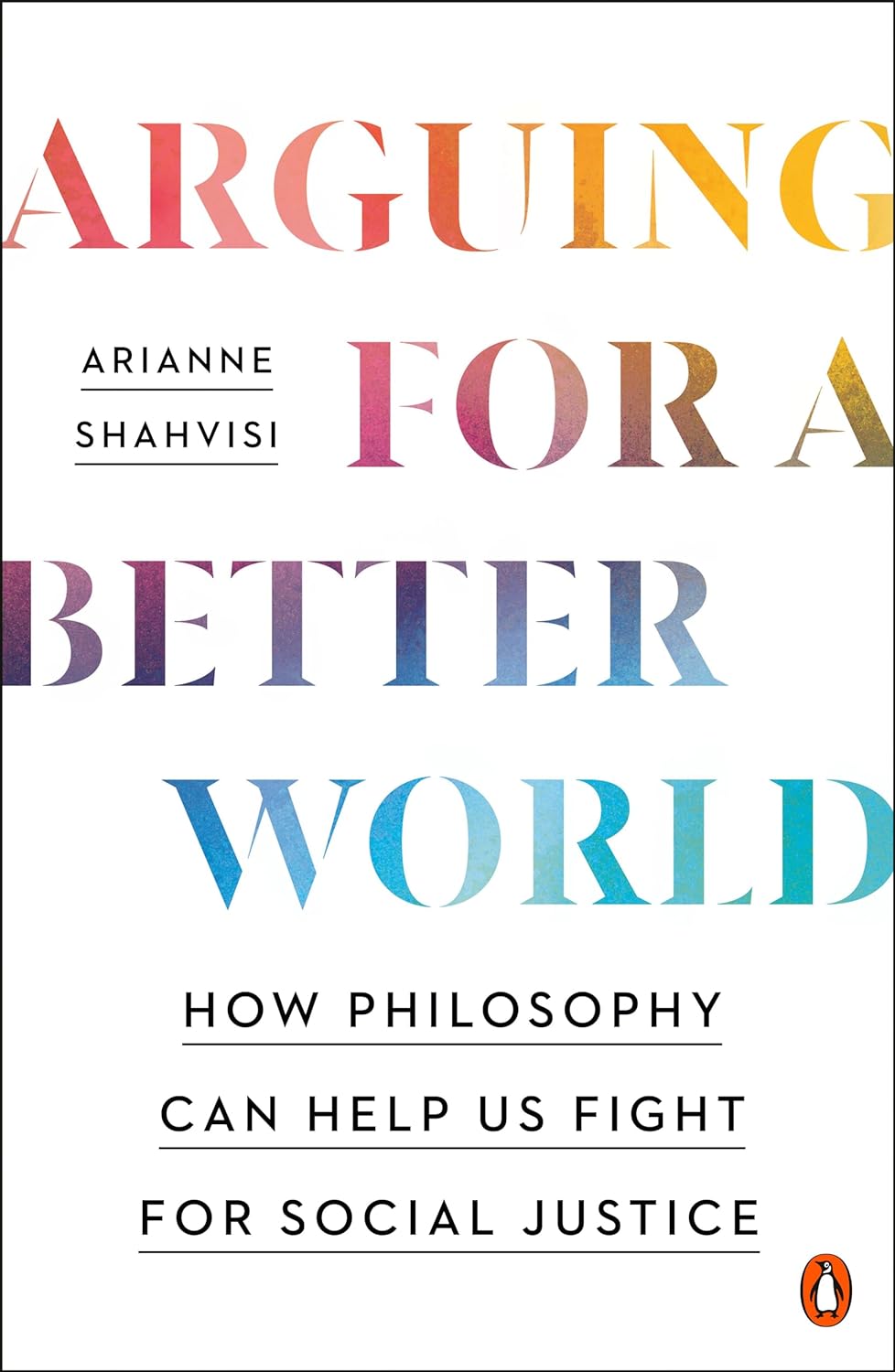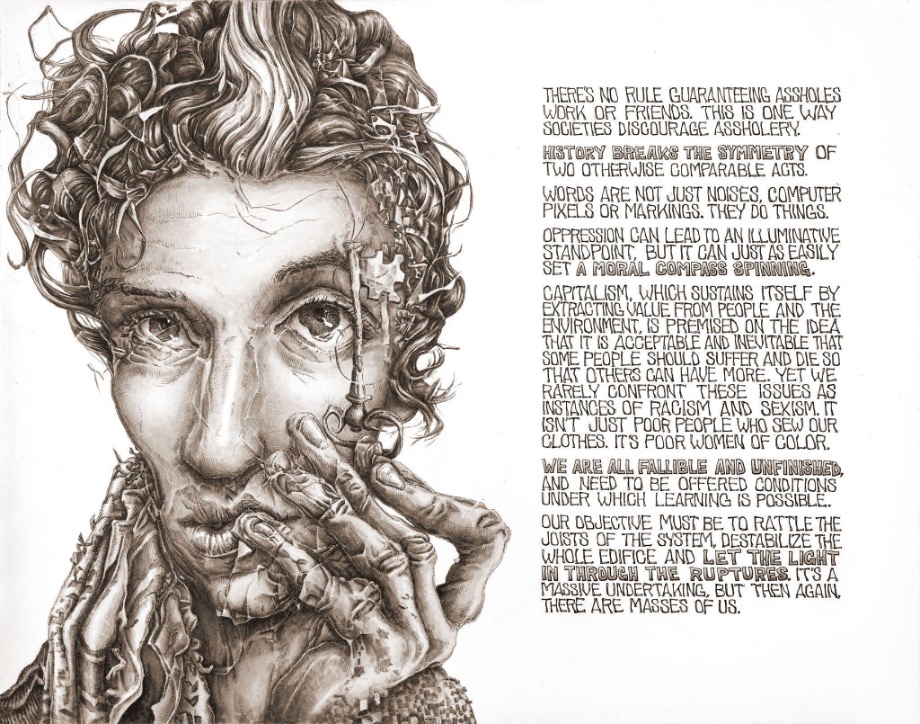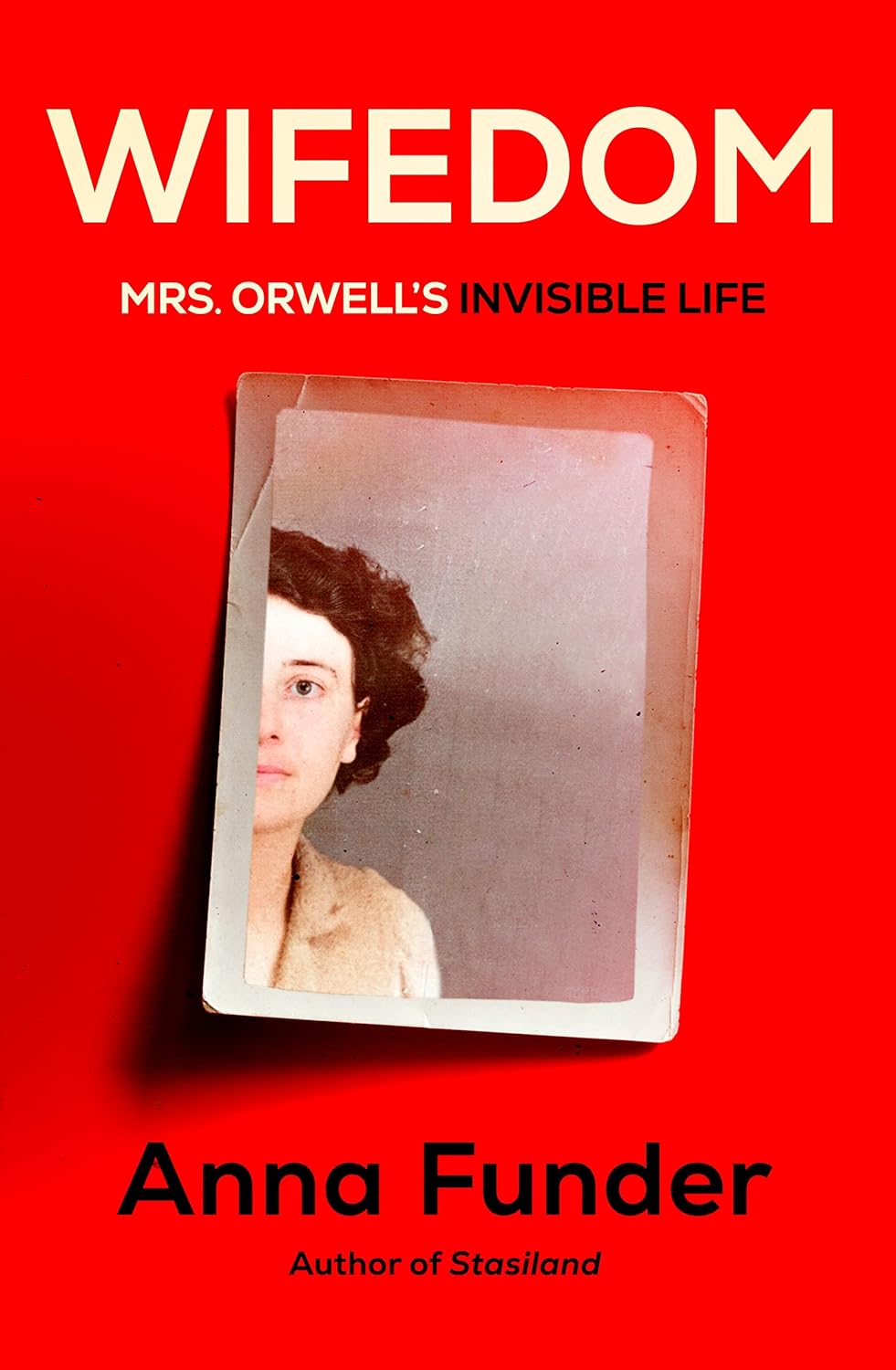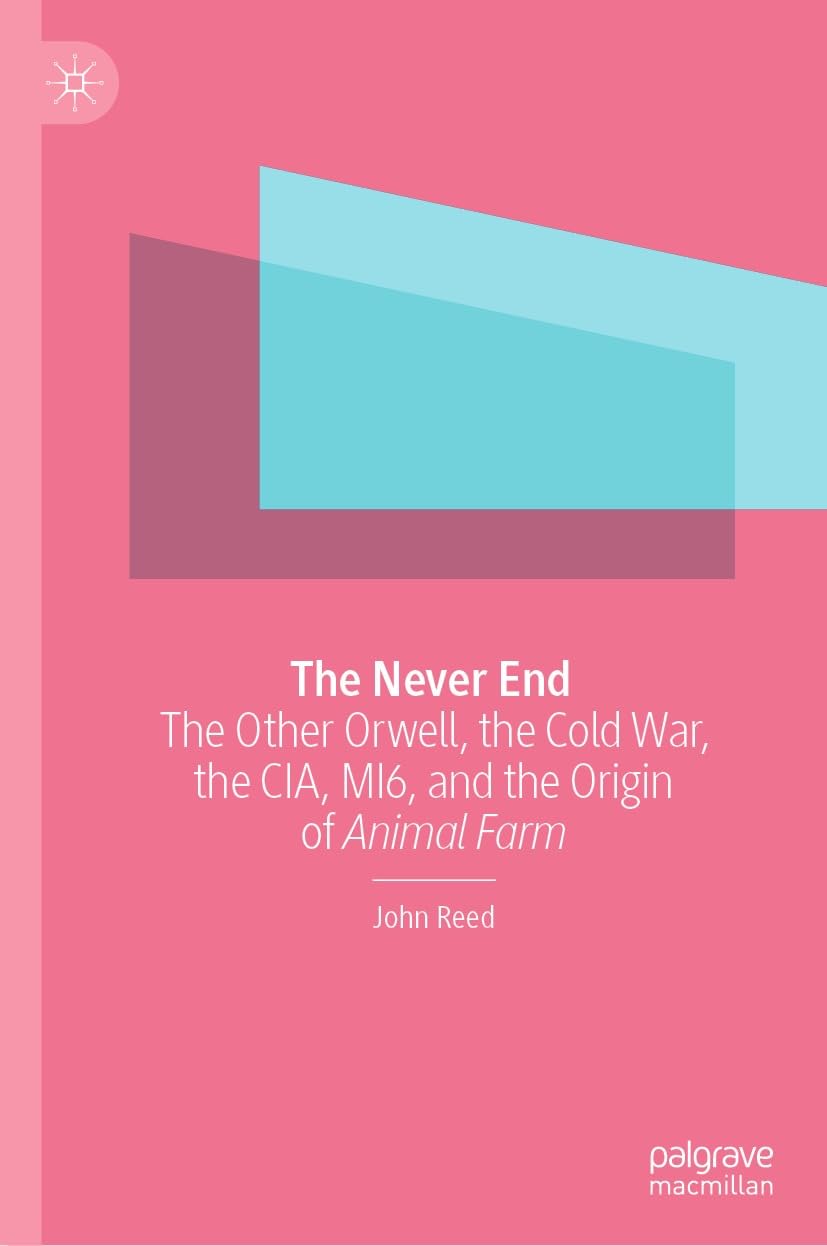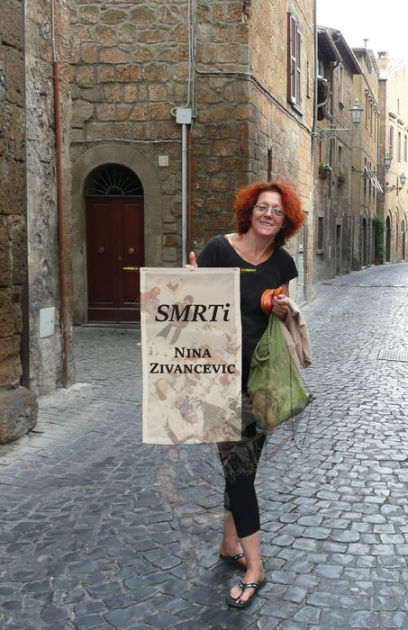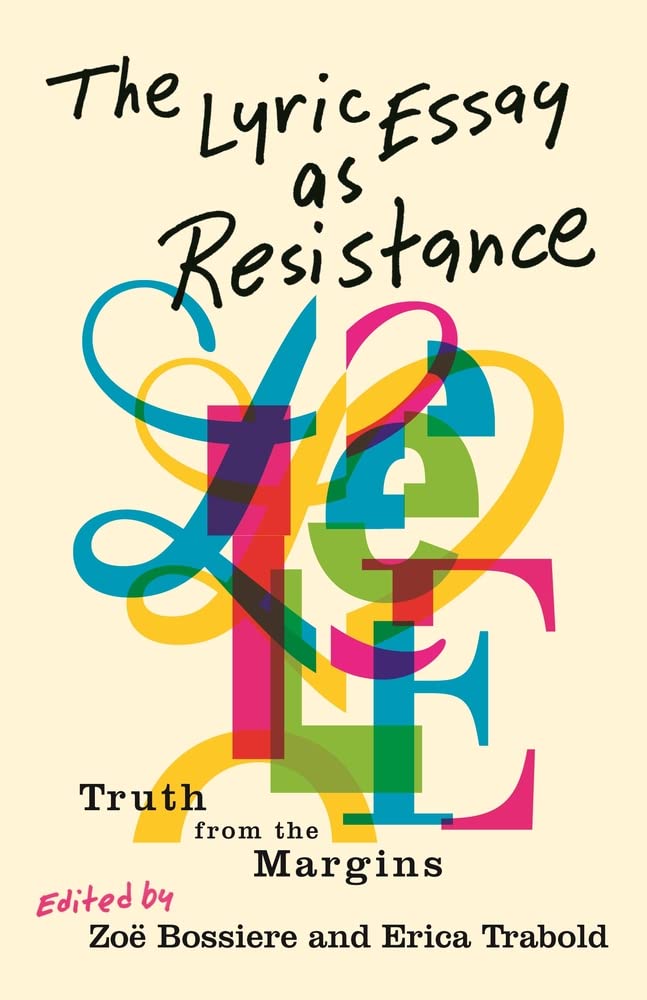In Search of a Common Paradise
Olivia Laing
W. W. Norton & Company ($27.99)
Writing and gardening have often been linked. We might think of the word “anthology,” which literally means—like the Latin word florilegium—a gathering of flowers. Both terms refer to collections of excerpts or extracts, an activity that was popular among readers during the Renaissance. Olivia Laing’s new book, The Garden Against Time, brings this historic practice to mind; a memoir-cum-history of gardening, it presents curating a space for plants as a creative process, one just as involved with the imagination as writing can be.
Examining numerous thinkers enthralled by gardens and gardening and forming a collection of ideas like an array of plants, Laing’s book is, as she declares, “a garden opened and spilling over.” Gardens, for her, are a site of radical possibility; her Instagram bio labels her as a “writer/gardener,” and this dual identity, which saw Laing drop out of an English Literature degree in her early twenties to train as an herbalist, is tied up with her environmentalism and fierce social conscience. As a child, Laing attended a convent school with a garden that provided her with a “sense of absolute, unquestioning belonging,” and through each subsequent garden she has tended, she has been attempting to recover and cultivate this feeling.
The Garden Against Time begins in 2020 when, after “a surge of good fortune,” Laing purchased and began to restore a walled garden in Suffolk. By laying down roots in its soil and watching green shoots spring up, she found hope amidst constant anxiety about the coronavirus pandemic and wider environmental disaster. While she claims that she “never saw the garden as a place to escape reality,” Laing rejoiced in how “the outside world receded” as she replaced doom-scrolling on her phone with weeding and sowing.
In some ways the book is an extended meditation on how this has always been the paradox of gardens; Laing argues that green spaces reflect the times they were created in, from the Garden of Eden and the grounds owned by eighteenth-century slave traders to the imaginative oasis that artist Derek Jarman cultivated while dying from AIDS in the late 1980s. That she attends to these sometimes troubled histories should be no surprise, for each of her previous books has expressed a thrumming dissatisfaction with the political status quo: for example, Laing’s 2018 novel Crudo is set against the backdrop of Brexit and Donald Trump’s election campaign, while her 2020 essay collection Funny Weather considers ways art can address social injustice. In this new volume, Laing describes how gardening became a “solace” and even a “compulsion” at a time when it felt that “everything I wanted to say sounded exactly like the sort of thing a person like me would say, a stupid liberal.”
Laing does occasionally veer close to sounding trite when waxing lyrical about gardens. When she declares that “the garden I chose had walls, but like every garden it was interconnected, wide open to the world,” the reader might struggle to take this at face value; Laing has experimented with rejecting private property (she spent part of her twenties living in a protest camp), but it’s hard to read the same degree of radical nonconformism into her embrace of gardening—one of the most conventional middle-class pursuits. Moreover, her garden is no cabbage-patch; in 2022, the British magazine House and Garden ran a feature on “Olivia Laing’s dream Suffolk home,” showcasing Laing’s resplendent property. When read alongside that article, Laing’s gushing descriptions of blooming hyacinths and hooded lilacs can’t help but seem a bit bourgeois.
Mostly, however, The Garden Against Time does not shy away from gardening’s association with class. Most notable is the tale of Iris Origo, an elegant landowner who used the gardens of her Tuscan villa to shelter refugees during World War II. Origo’s estate was transformed from a place that represented exclusivity to a site of protection and communal belonging, though eventually, both house and garden were requisitioned by the Germans. Upon the Allied victory, Origo’s garden was left “full of shell holes and trenches” and “covered in a foul litter of broken objects,” yet Origo noted after returning home that “there is still jasmine on the wall”; its classism shattered, the garden had become a site of both destruction and hope.
Laing’s own garden also offers her the context to explore a running drama between opposing forces. Engaged in a continuous battle against weeds, Laing is initially attached to the idea that her garden paradise cannot contain any destructive elements, declaring, “Eden was my intention.” Midway through the project, however, she changes tack: If she is to upend the paradigm whereby gardens denote exclusivity and escapism, then she cannot shut out pernicious elements, be they weeds, world events, or—increasingly—the impact of climate change, which manifests as droughts and extreme heat.
This brings Laing to the most important idea in the book: that in attempting to make things better, “we need to start from our contaminated present and not some future position of undiluted purity.” We can’t wait for fossil fuels to become obsolete before we address climate change in earnest, nor can we give up on being kind to one another during times of entrenched political divisions. Laing arrives at a criticism of Eden, blaming this archetypal garden for propagating an ideal of purity that is incompatible with sustainability, and explaining that “the fantasy of perpetual abundance” is Eden’s “more sinister legacy”:
So many of our most ecologically deleterious behaviours are to do with refusing impermanence and decay, insisting on summer all the time. . . . To accept the presence of death in the garden is . . . to refuse an illusion of perpetual productivity . . . an illusion purchased at a heavy, soon unpayable cost.
Laing arrived at this realization during a drought in the summer of 2022, when it became clear that to water her plants, she would need to “disregard the consequences, the rivers that were drying up by the day.” Her garden, she saw, exists within the “contaminated present” and like everything we use, its materials have a hidden cost. By accepting “death in the garden,” however, Laing begins to formulate an alternative approach founded on a cyclical notion of time, whereby death is not the end point but is instead involved in various processes of renewal. Intriguingly, this echoes the case she makes for art as a mode of “resistance and repair” in Funny Weather.
But what might a garden founded on “resistance and repair” look like? Laing offers a clue in her descriptions of London after World War II, when wildflowers and plants sprang up from the city’s rubble. A public garden emerged that was beautiful for its incongruity as well as for the sense of shared possibility it represented, with the ruined city “mantled in gold and imperial purple, the ripe smell of buddleia mixing with the sourness of brick dust and mould on the air.” Laing sees this as a metaphor for other types of flourishing in post-war Britain, suggesting that through “housing, education, the welfare state . . . there was a brief vision of the nation as a collective garden, in which everyone could partake of the fruit.”
This is lofty stuff, but Laing’s enthusiasm for her subject is infectious, and she is convincing in her assertion that exposure to nature’s beauty is a right, not an indulgence. “Each garden run along these wilder, richer lines,” she urges us to recognize, “participates in a great network . . . sustaining and supporting life.” Laing gives these words weight by showing what happens when our contact with nature is taken away, suggesting that the Romantic poet John Clare’s descent into madness was exacerbated by his removal from the green spaces he so loved. During his confinement at Northampton General Lunatic Asylum between 1841 and his death in 1864, Clare would write on scraps of paper such messages as “where flowers are, God is, and I am free.” Laing, too, believes that freedom can be found in a garden.
Click below to purchase this book through Bookshop and support your local independent bookstore:
Rain Taxi Online Edition Summer 2024 | © Rain Taxi, Inc. 2024

